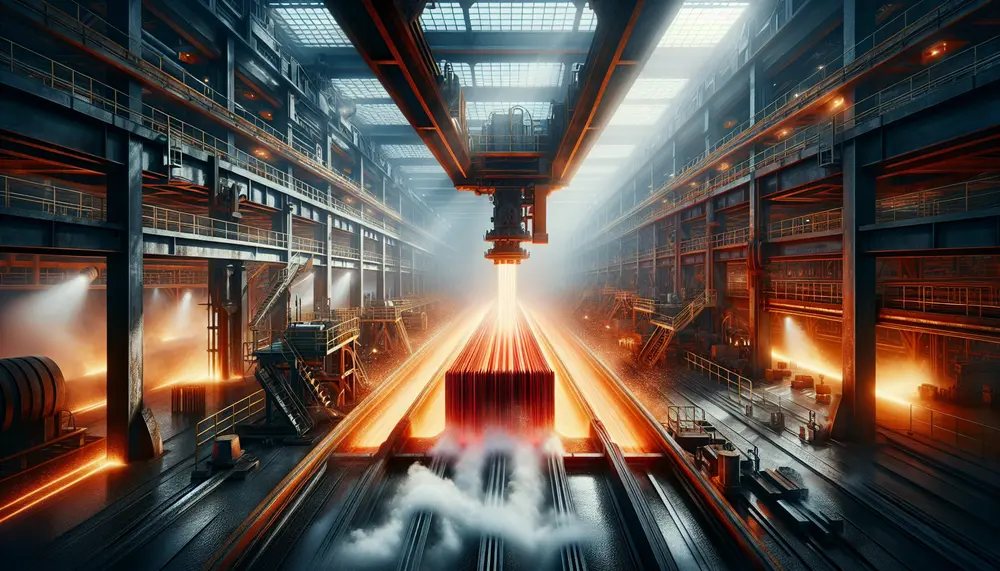Hardening
Hardening
Beim Verständnis der Stahlproduktion und des Stahlhandels stoßen Sie wahrscheinlich auf den Begriff 'Hardening' oder im Deutschen 'Härten'. Dieser Begriff ist von entscheidender Bedeutung, spielt er doch eine zentrale Rolle - vom Ausgangsmaterial bis zum fertigen Produkt.
Was bedeutet 'Hardening' (Härten)?
'Hardening' oder 'Härten' bezeichnet in der Stahlproduktion einen Wärmebehandlungsprozess, der die mechanischen Eigenschaften des Stahls, speziell seine Härte, verbessert. Dieses Verfahren erhöht die Verschleißfestigkeit des Stahls und macht ihn widerstandsfähiger gegen Verformungen und Brüche. Lassen Sie uns nun sehen, wie dieses Verfahren genau funktioniert.
Wie funktioniert 'Hardening'?
Der Hardening-Prozess umfasst zwei Hauptschritte - die Erhitzung und anschließend die rasche Abkühlung (Abschrecken) des Stahls. Im ersten Schritt wird der Stahl auf eine sehr hohe Temperatur erhitzt, oftmals bis zu 900 Grad Celsius, und das für eine bestimmte Zeit. Hierbei ändert sich die innere Struktur des Stahls.
Nach der Erhitzungsphase folgt das Abschrecken. Hierbei wird der erhitzte Stahl schnell abgekühlt, oft durch Eintauchen in Wasser, Öl oder andere geeignete Medien. Durch das schnelle Abkühlen wird die innere Struktur des Stahls 'eingefroren', was zu einer signifikanten Erhöhung der Härte führt.
Warum ist 'Hardening' wichtig?
'Hardening' ist ein entscheidender Prozess in der Stahlproduktion. Ohne diesen Schritt wäre der Stahl anfällig für Verschleiß und könnte leicht brechen oder sich verformen. Durch die Härte, die der Stahl durch das 'Hardening' erhält, kann er für eine Vielzahl von Anwendungen, von Baustrukturen bis hin zu Fahrzeugteilen, eingesetzt werden.
Es ist wichtig zu wissen, dass 'Hardening' zwar die Härte und Verschleißfestigkeit erhöht, aber auch dazu führen kann, dass der Stahl weniger zäh (also bruchempfindlicher) wird. Deshalb wird oft ein zusätzlicher Prozess, das sogenannte 'Tempern', durchgeführt, um den Stahl nach dem 'Hardening' wieder zäher zu machen.
Zusammenfassung
Der 'Hardening'-Prozess ist daher ein von mehreren Schritten in der Stahlproduktion, der hilft, die Eigenschaften des Stahls zu optimieren und ihn für eine Vielzahl von Anwendungen geeignet zu machen. Obwohl Hardening den Stahl härter macht, kann es auch seine Zähigkeit reduzieren, daher wird oft ein Tempern-Prozess nach dem 'Hardening' durchgeführt.
Blog Posts with the term: Hardening
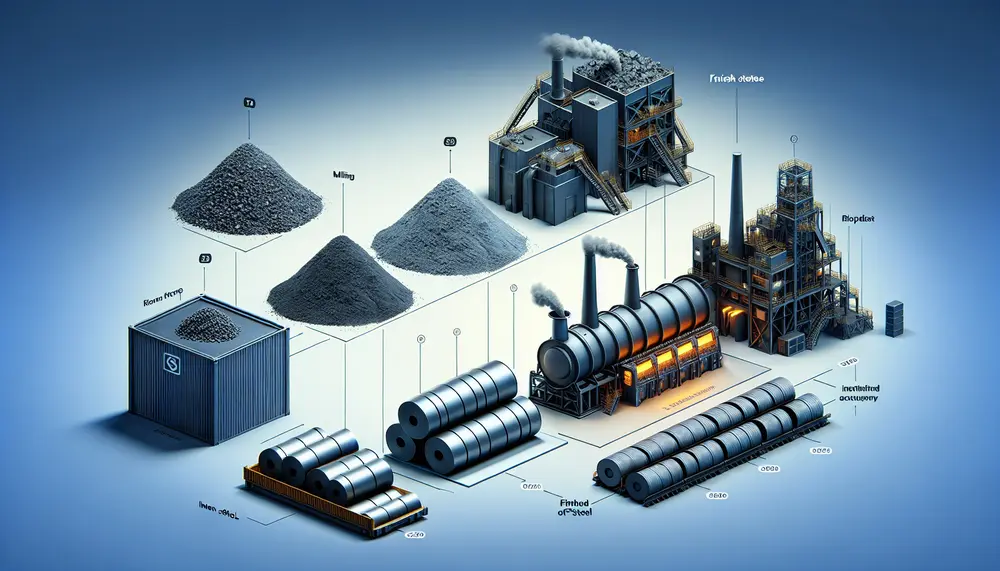
The steelmaking value chain is a complex process that transforms raw materials like iron ore, coking coal, and limestone into high-quality steel through strategic steps involving technological innovation to optimize efficiency and reduce environmental impact. Understanding this value chain helps...
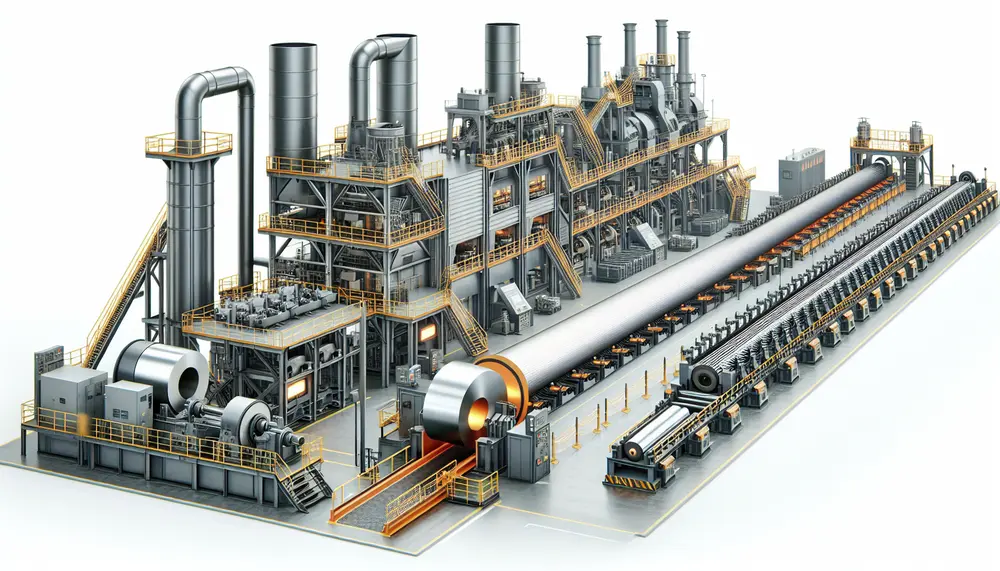
Steel manufacturing is a complex process that transforms iron ore into steel, involving precise heating and mixing to create different grades for various applications. The journey includes primary methods like Basic Oxygen Steelmaking (BOS) and Electric Arc Furnace (EAF), followed...
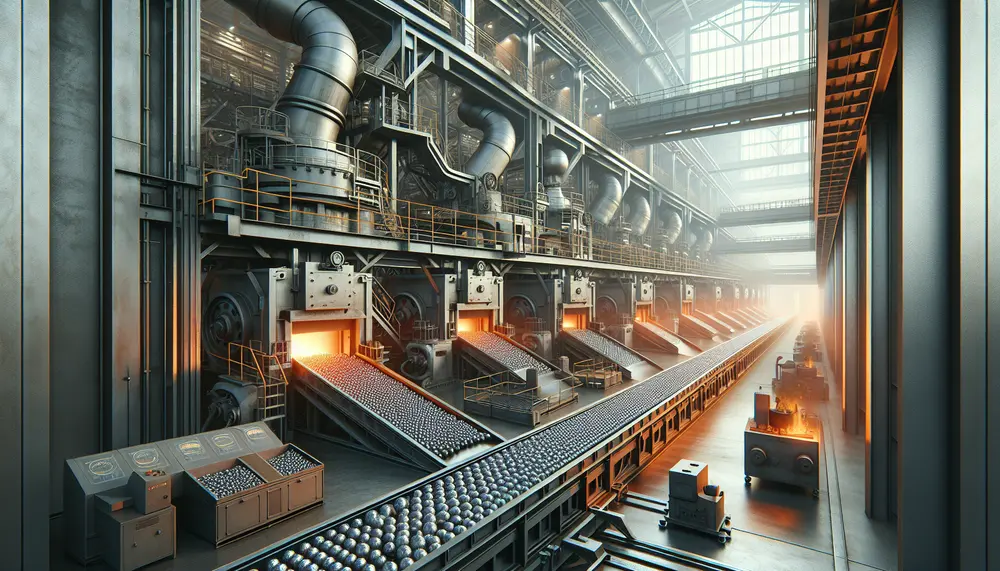
The manufacturing of steel balls is a complex process involving precise steps to produce high-quality products for various applications. It starts with selecting the right raw materials and includes forging, flashing, heat treating, grinding, lapping, and rigorous inspections to ensure...
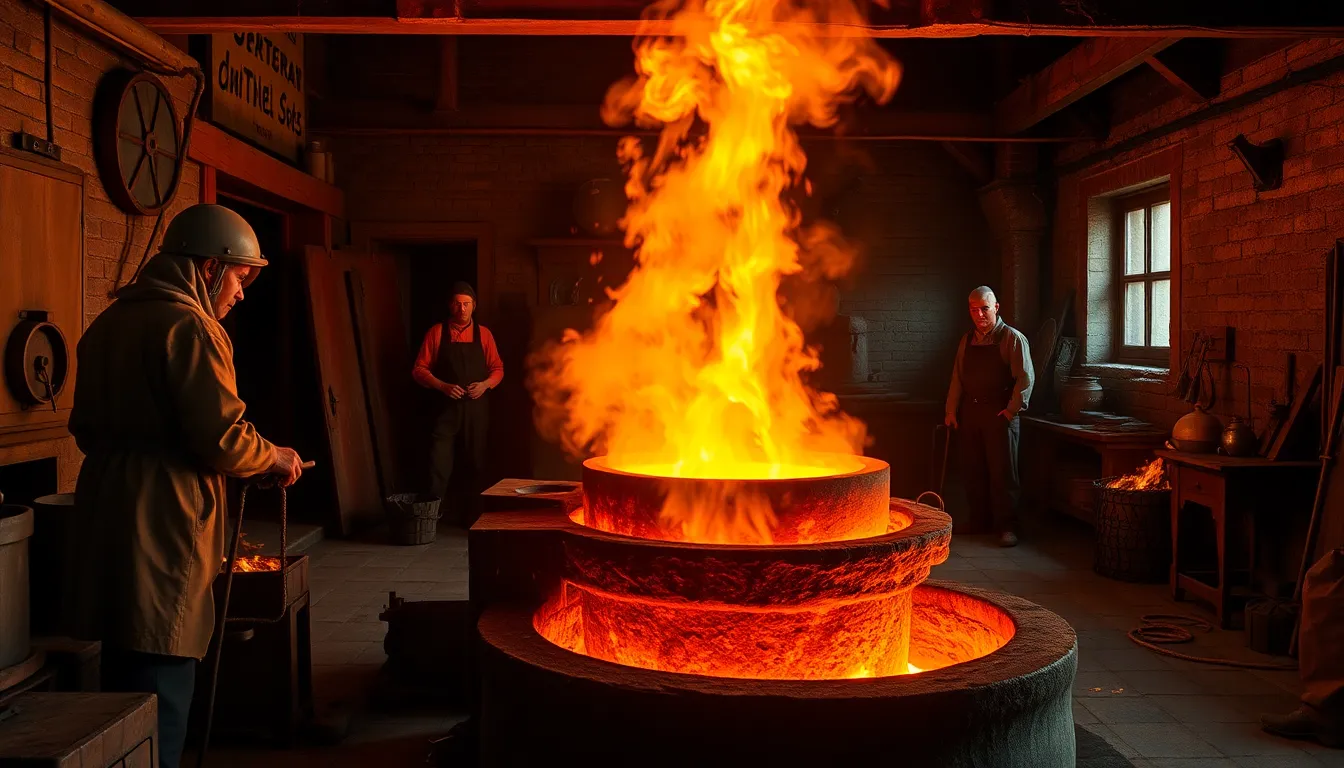
The article traces the evolution of steelmaking from ancient techniques to significant medieval innovations, highlighting early methods like iron carburization and bloomery processes that evolved into more efficient practices with the introduction of blast furnaces. It also covers Renaissance advancements...
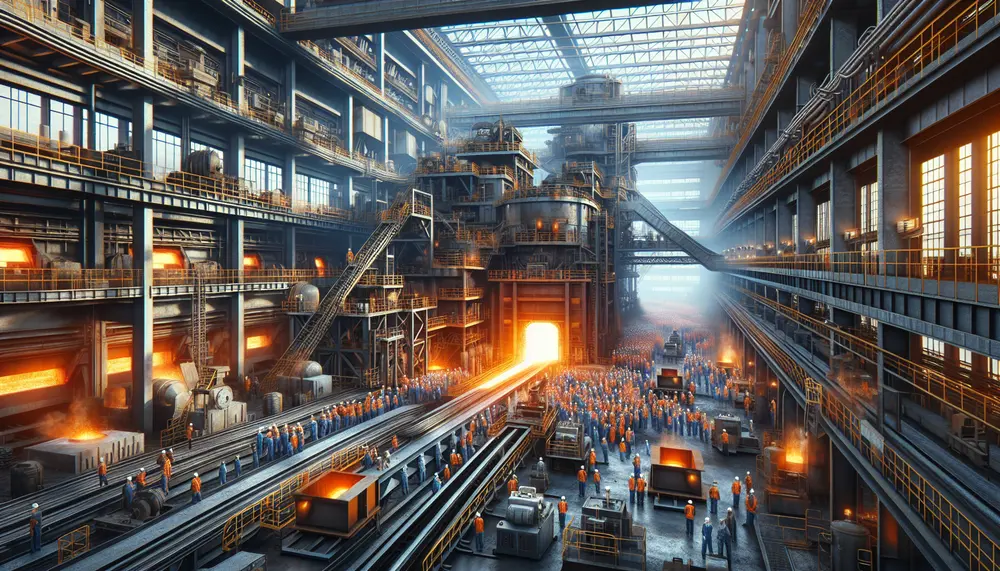
The article provides a detailed overview of the steelmaking process, starting from raw material extraction to final product creation. It emphasizes the importance of understanding each stage and the key materials involved—iron ore, coal, limestone, and scrap metal—to produce high-quality...
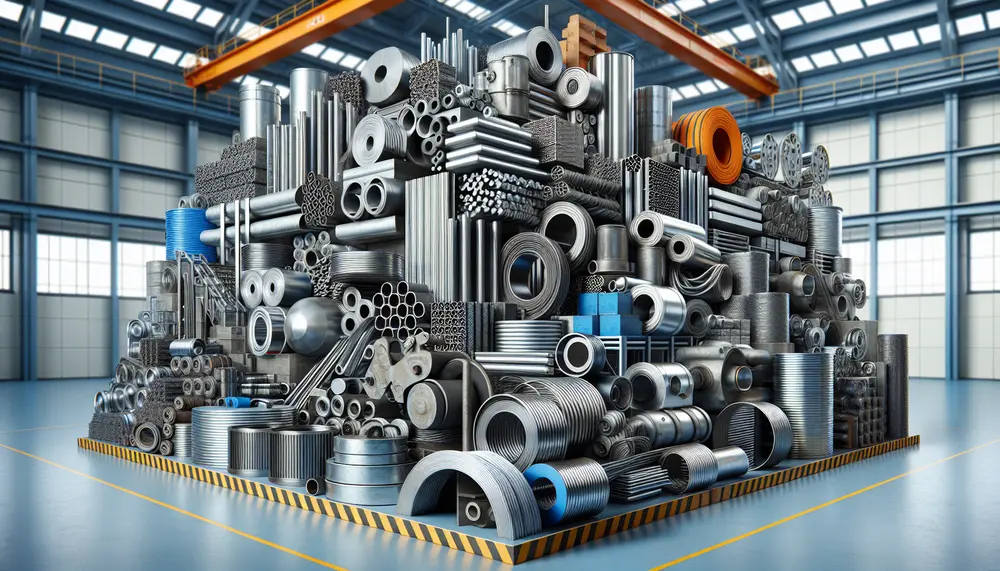
The article provides an in-depth look at the role of steel products across various industries, highlighting their diverse applications and importance. It covers the basics of steel production, compares uses in different sectors, explains differences between hot-rolled and cold-rolled steel,...
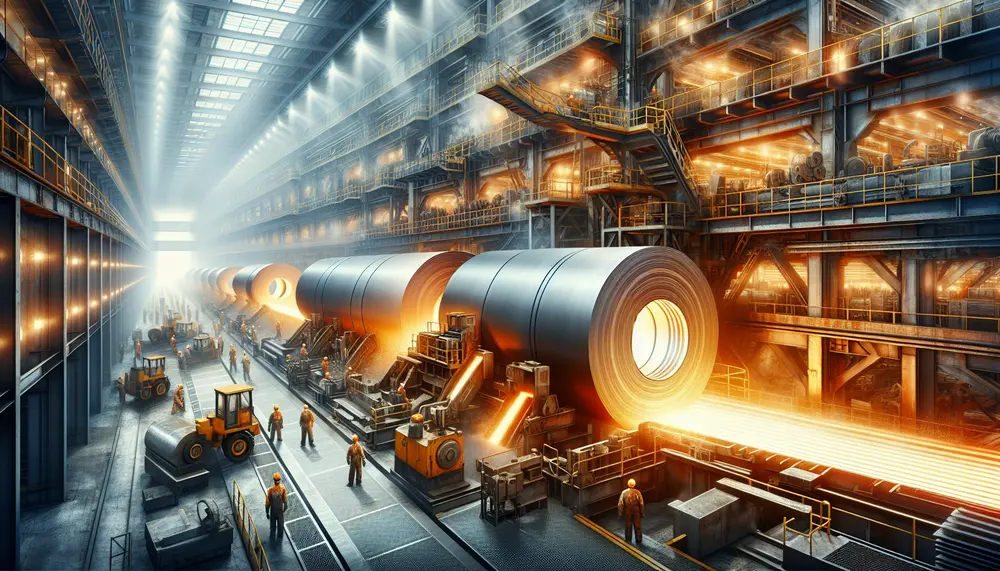
Steelmaking rolling is a crucial process that transforms raw steel into various usable forms by passing it through rollers to reduce thickness, improve uniformity, and achieve specific mechanical properties. The article details the stages of hot and cold rolling, the...
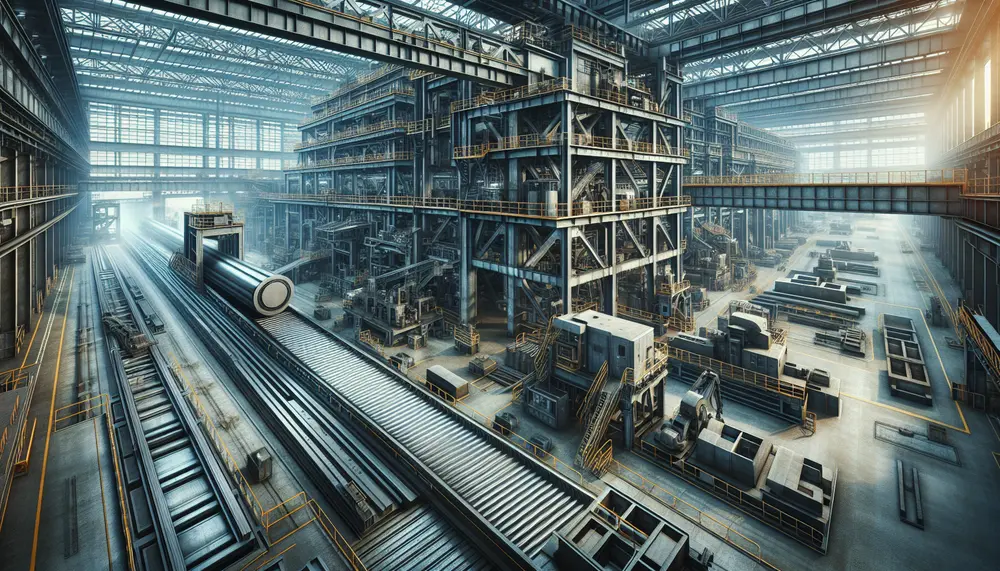
Steel manufacturing is a complex, multi-stage process that transforms raw materials into the durable metal essential for modern infrastructure. It begins with extracting iron ore and progresses through various phases including blast furnace operation and primary steelmaking methods like Basic...
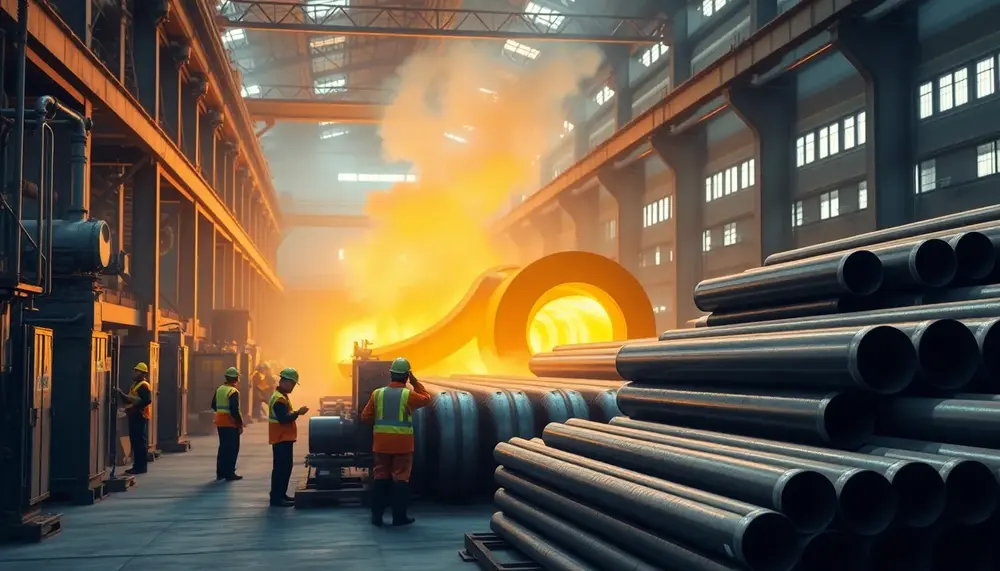
Steel tube manufacturing is essential for industries like construction, energy, and transportation, offering seamless tubes for strength and welded ones for cost-efficiency. The processes involve precise engineering to ensure durability, versatility, and performance tailored to specific applications....
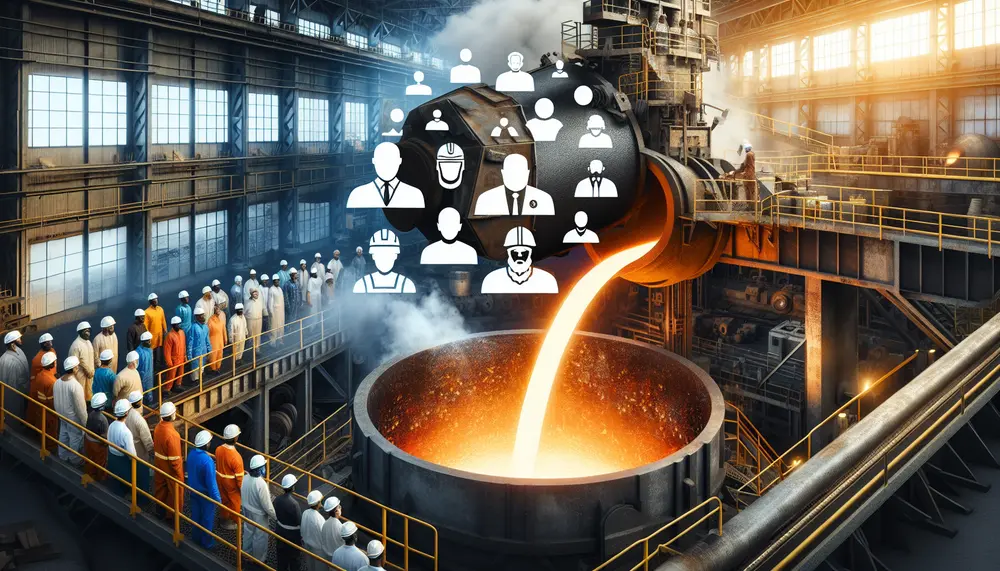
The concept of steelmaking grade is crucial in determining the quality and properties of steel, influencing efficiency, durability, and safety across various industries. Steel grades are classified based on chemical composition and production processes, with advancements in technology and global...
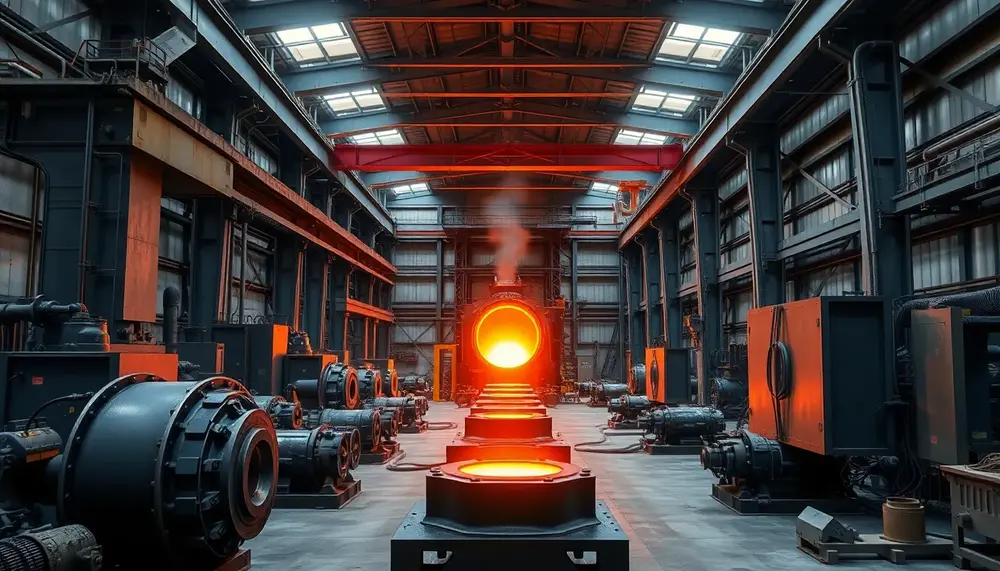
Steel production is a complex process combining traditional methods and modern technology to transform raw materials into versatile, durable products essential for industries like construction, automotive, energy, and consumer goods. Its adaptability ensures steel remains vital in innovation and sustainable...
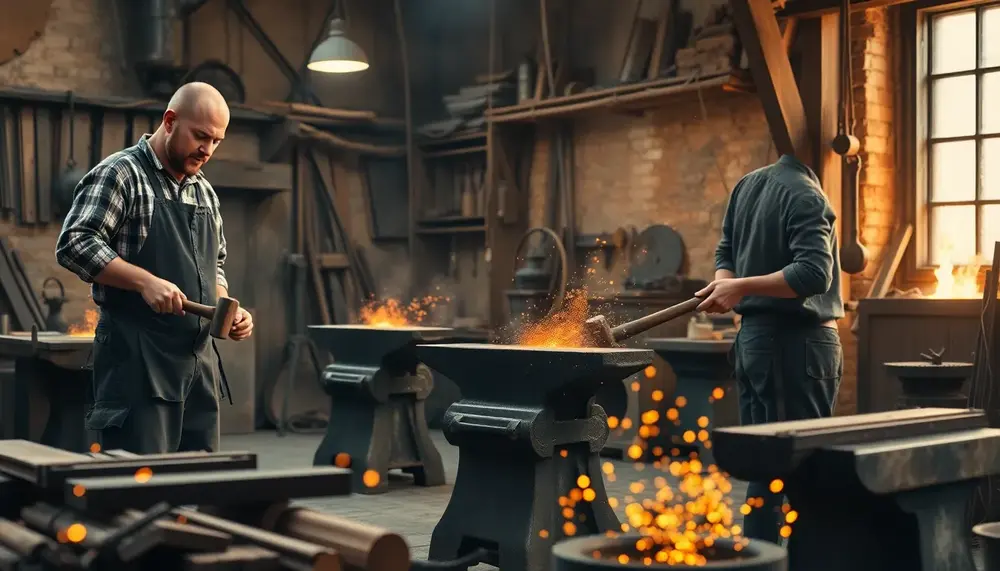
Modern Damascus steel combines layered, contrasting steels and precise forging to create blades that are both visually striking and technically superior. Success relies on careful material selection, temperature control, pattern engineering, safety measures, and attention to detail at every step....
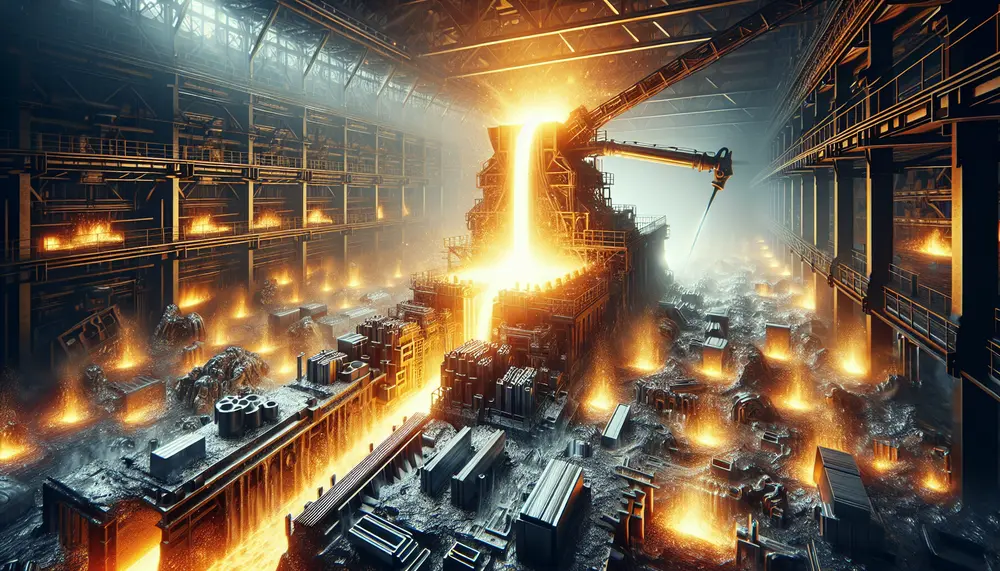
The steel production casting process involves melting raw materials, refining the molten metal, and pouring it into molds to shape solid products with controlled cooling to prevent defects. The variety of cast steels is determined by carbon content and alloying...
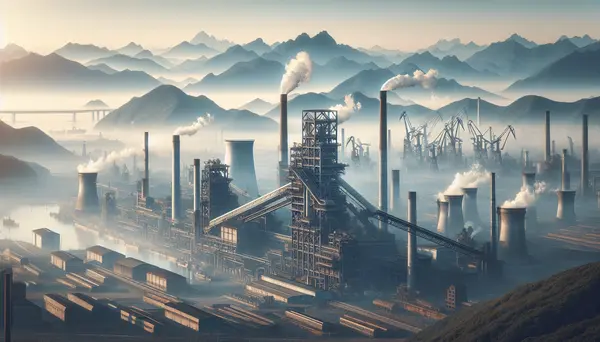
Steel, an alloy primarily composed of iron and carbon, is created by manipulating the quantities and types of these elements to create a range with different properties. The production process involves extracting iron from its ore, converting it into steel...

